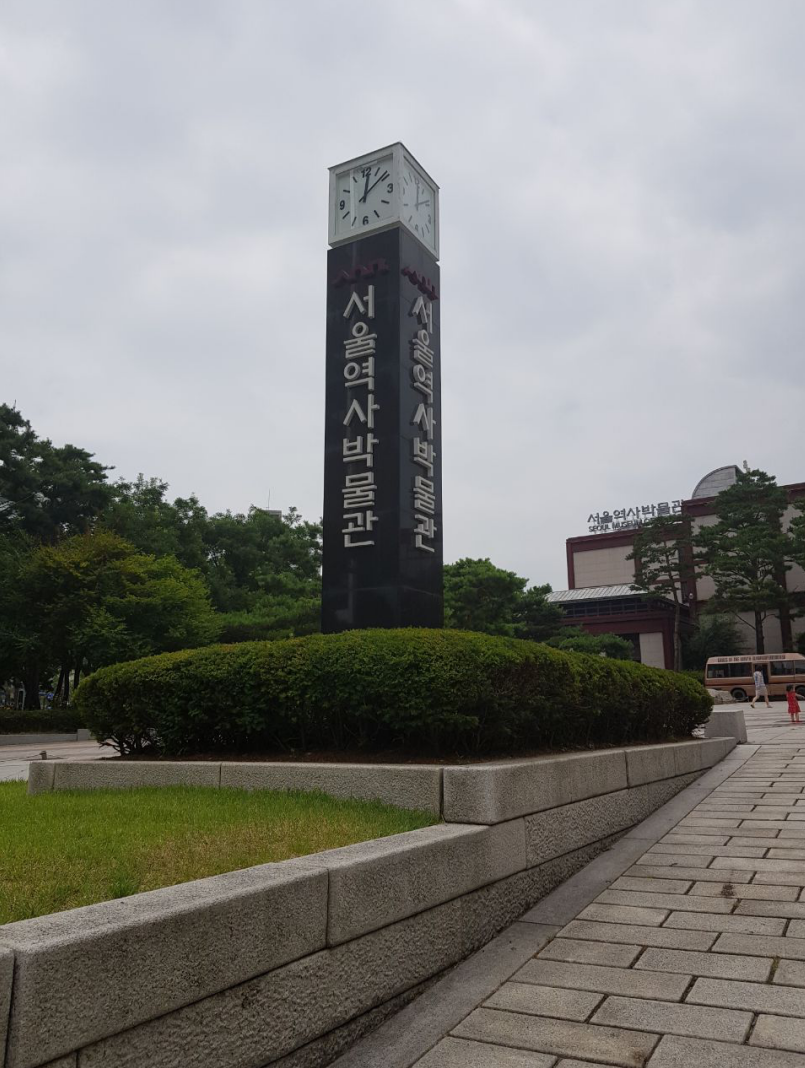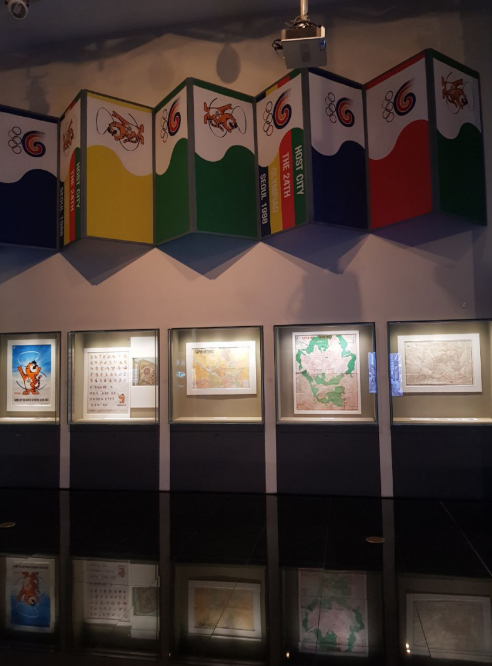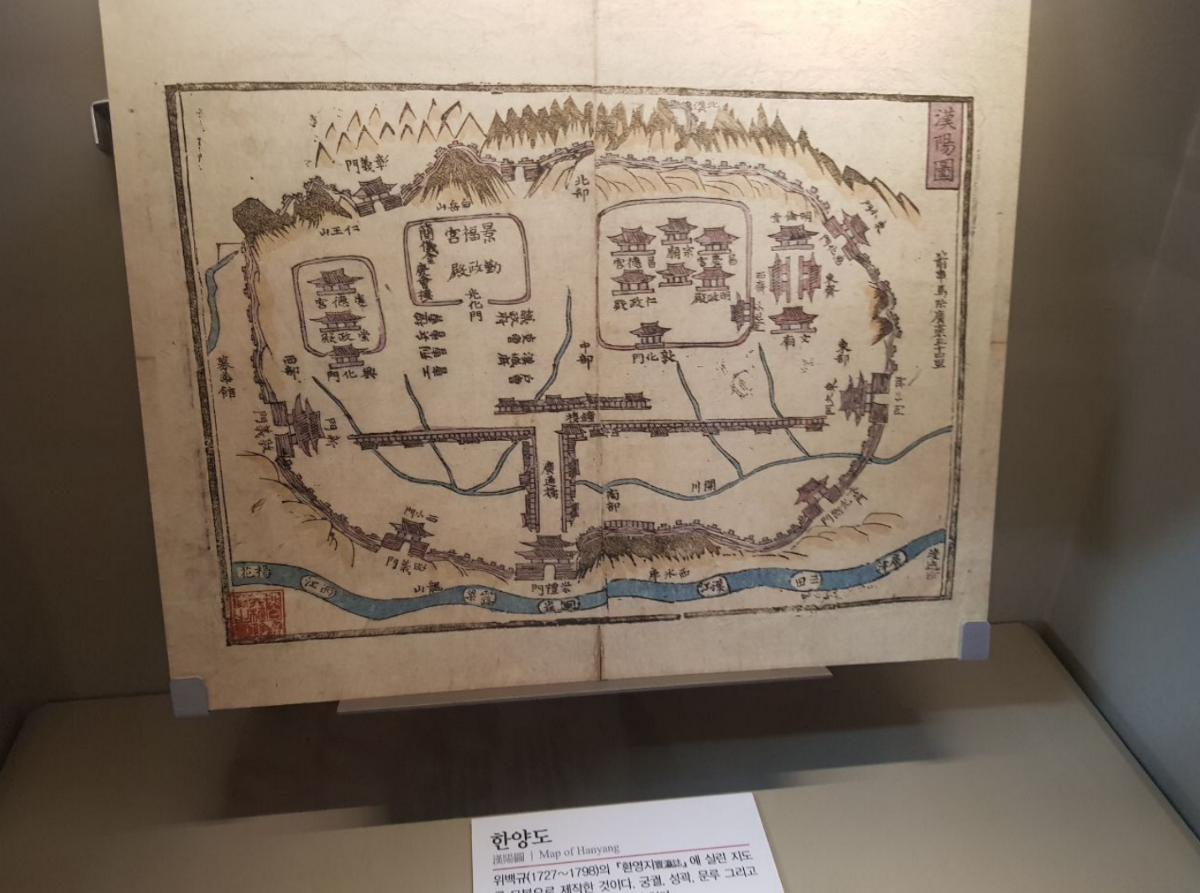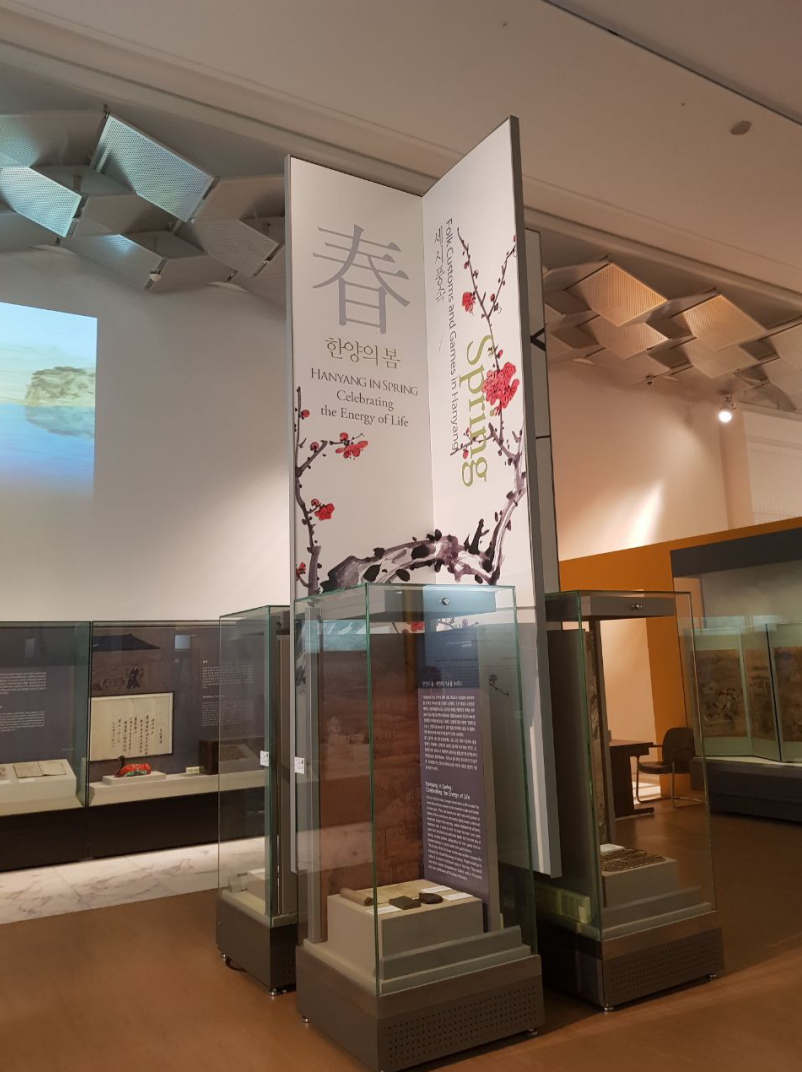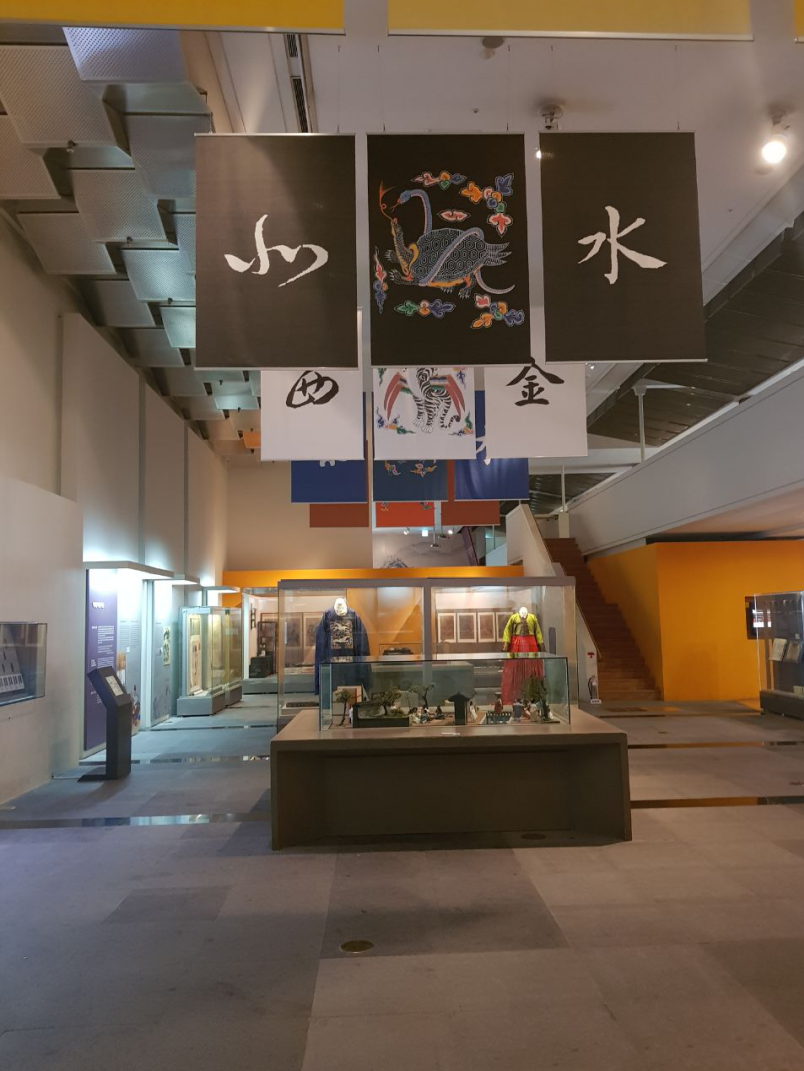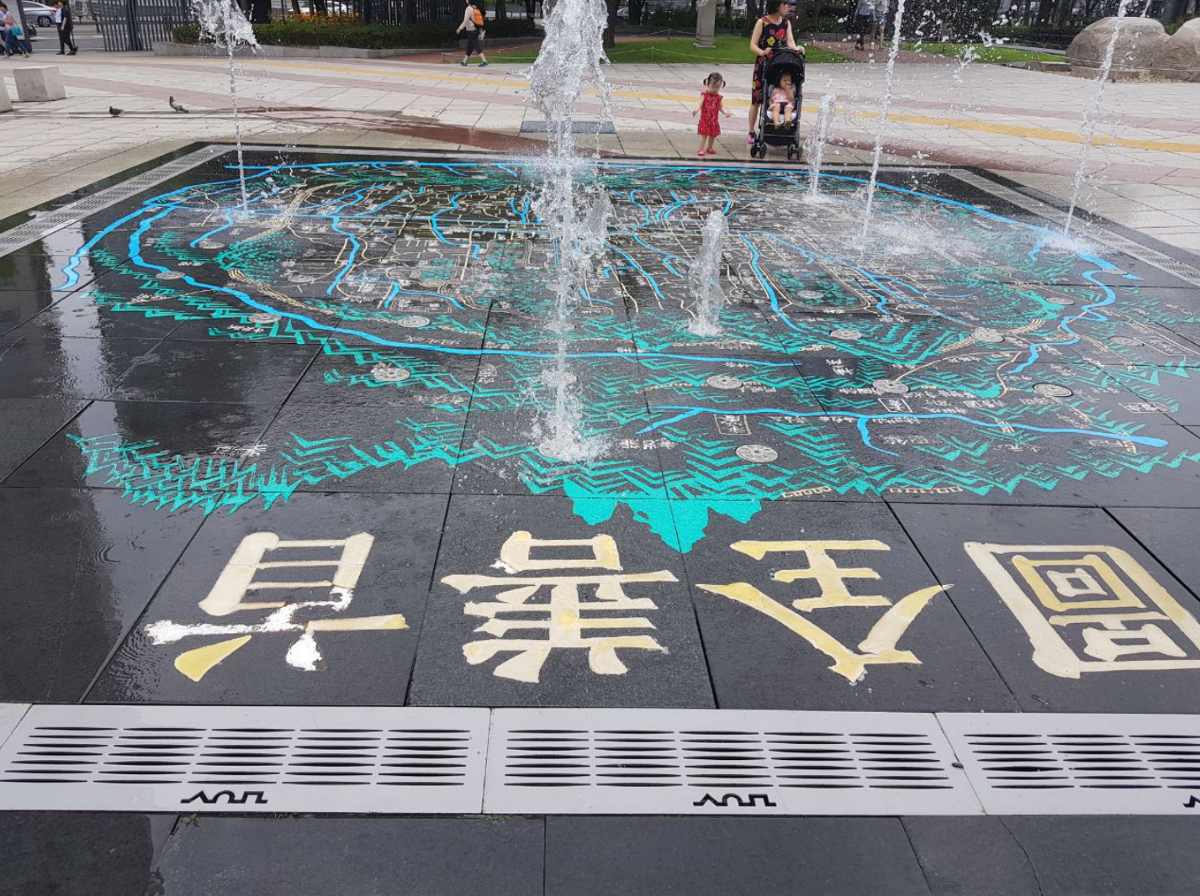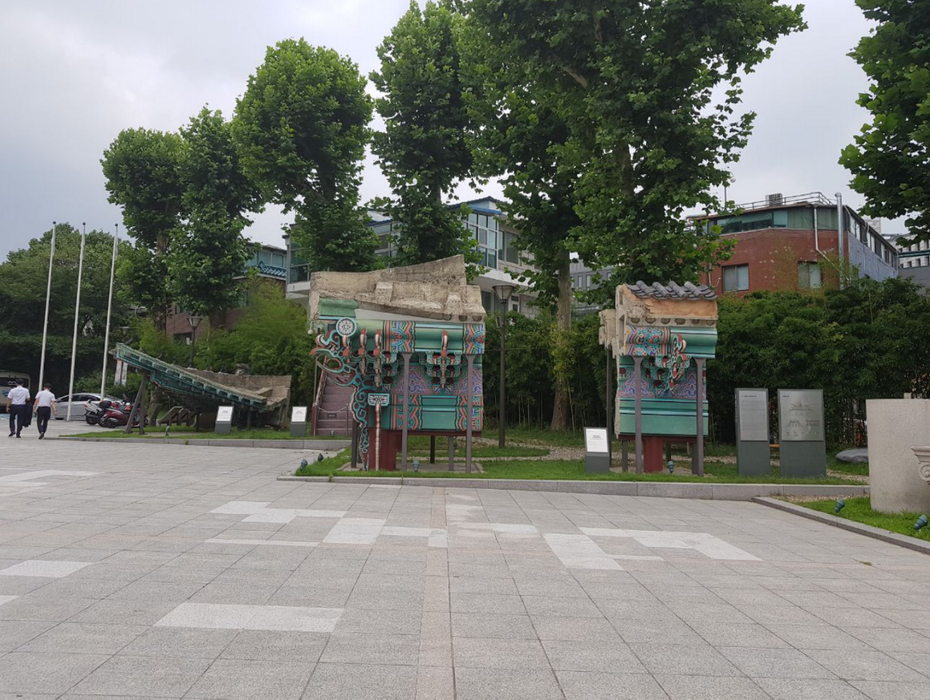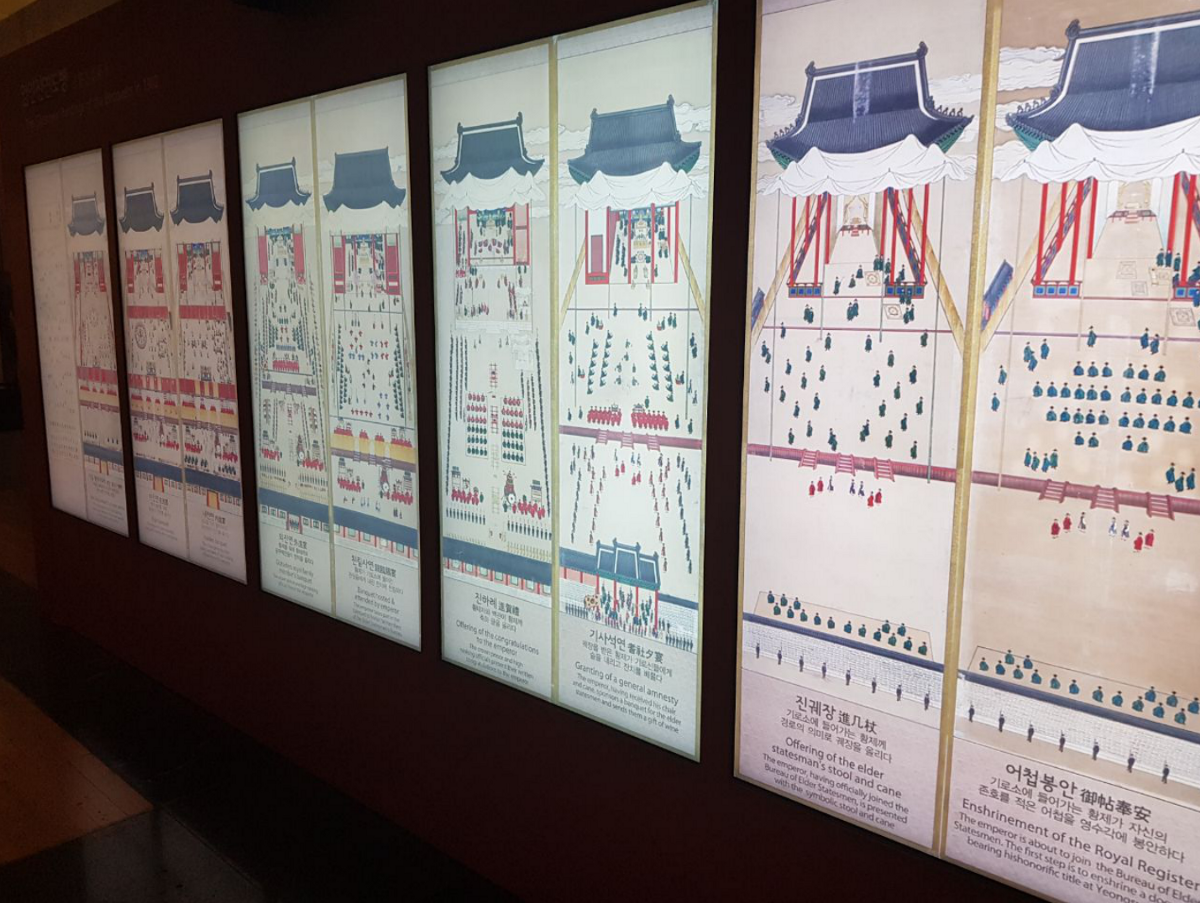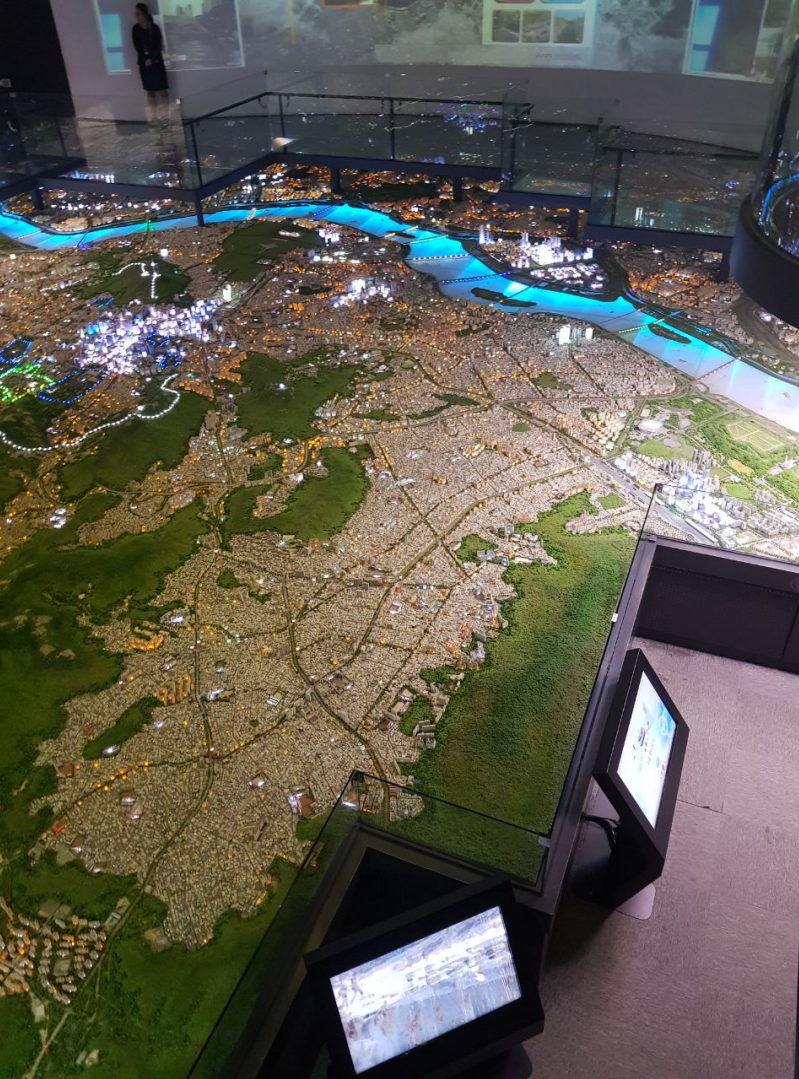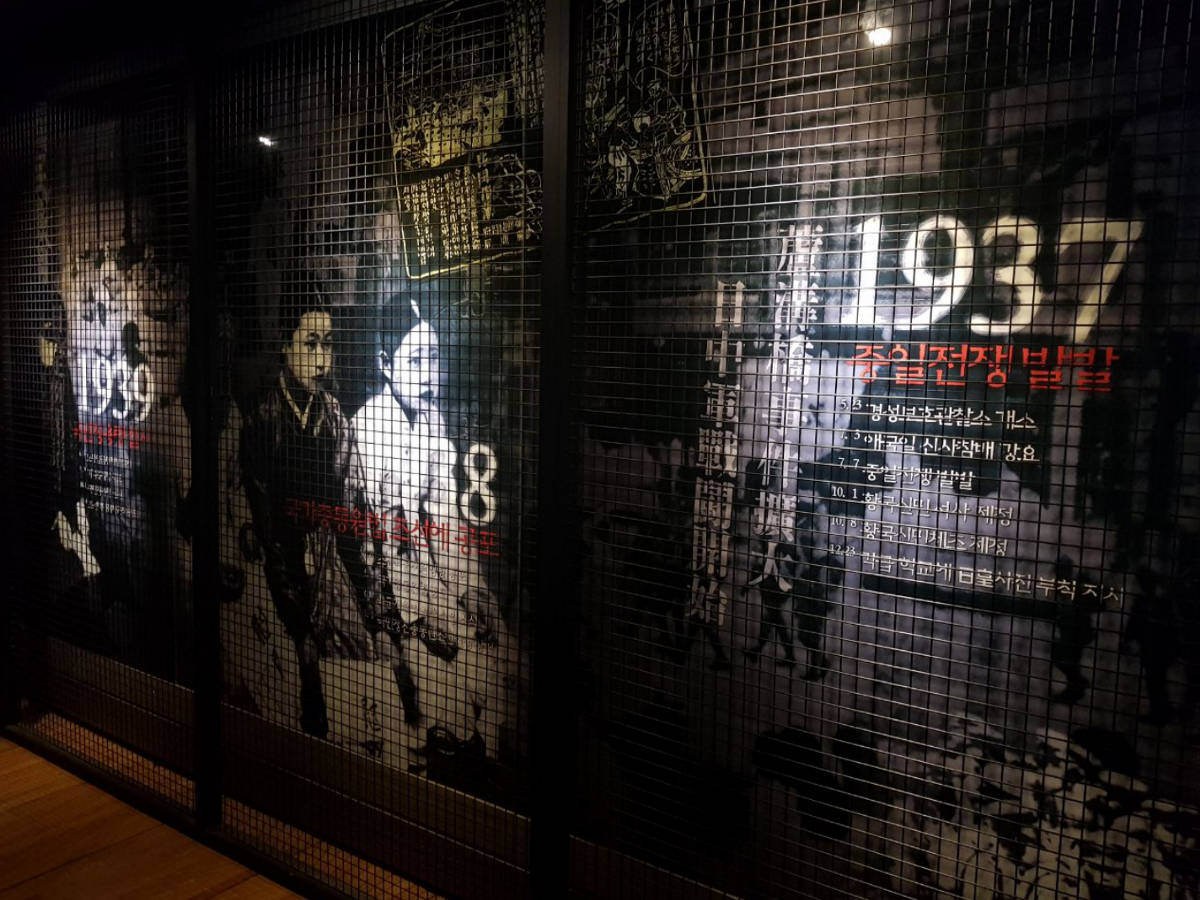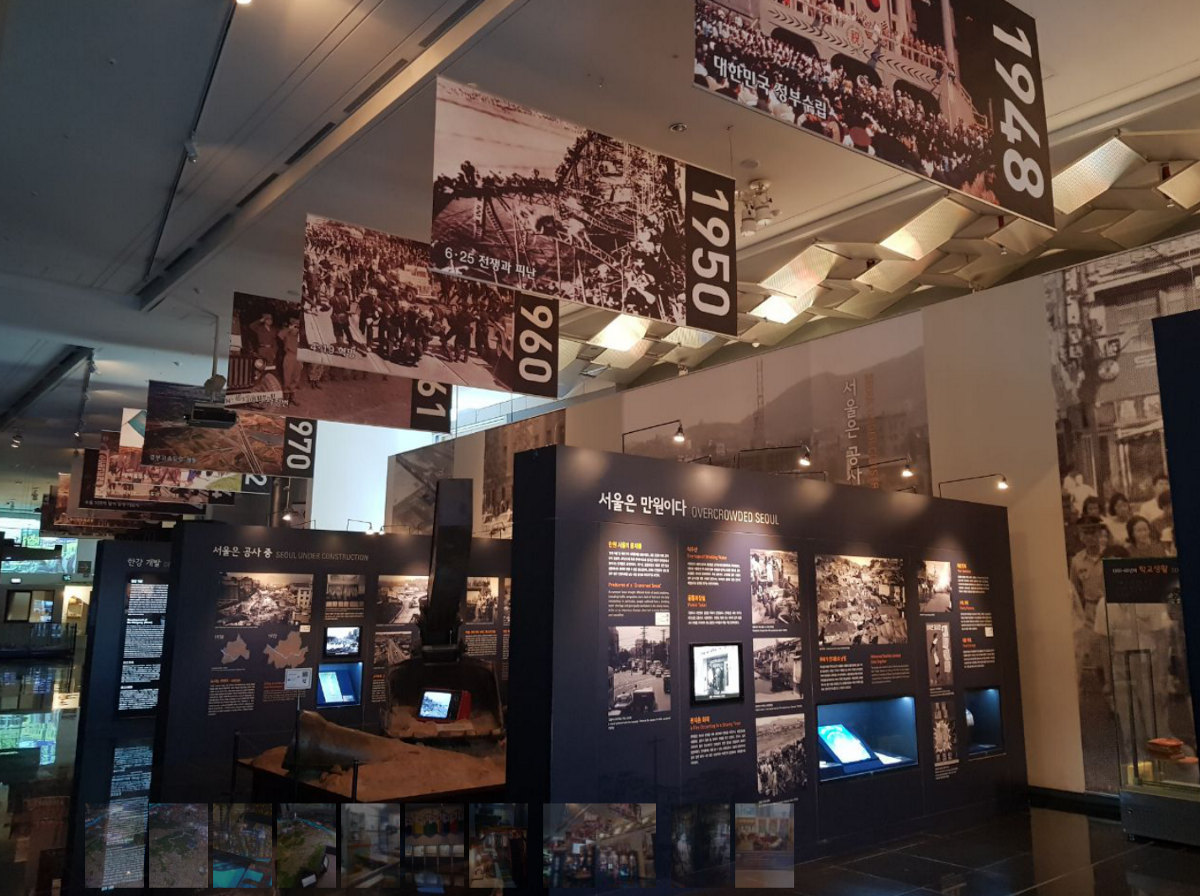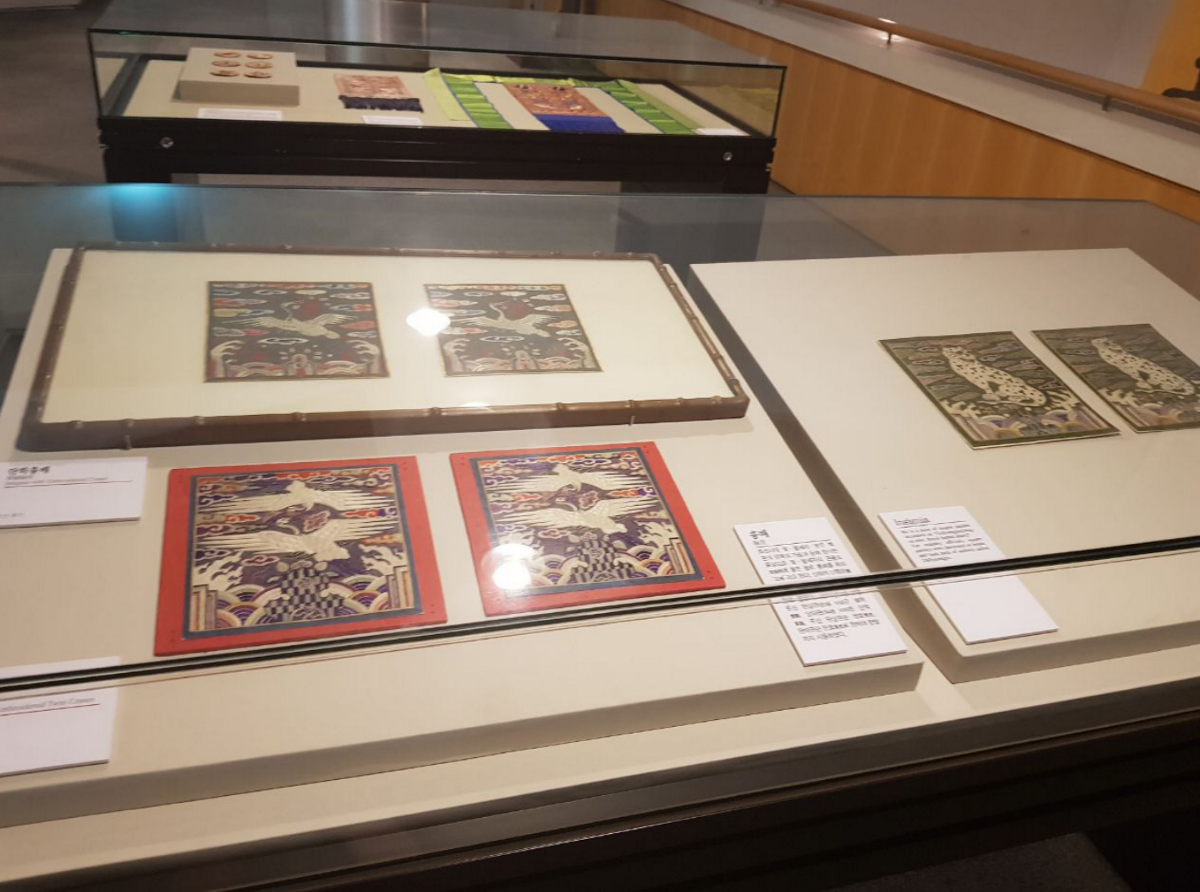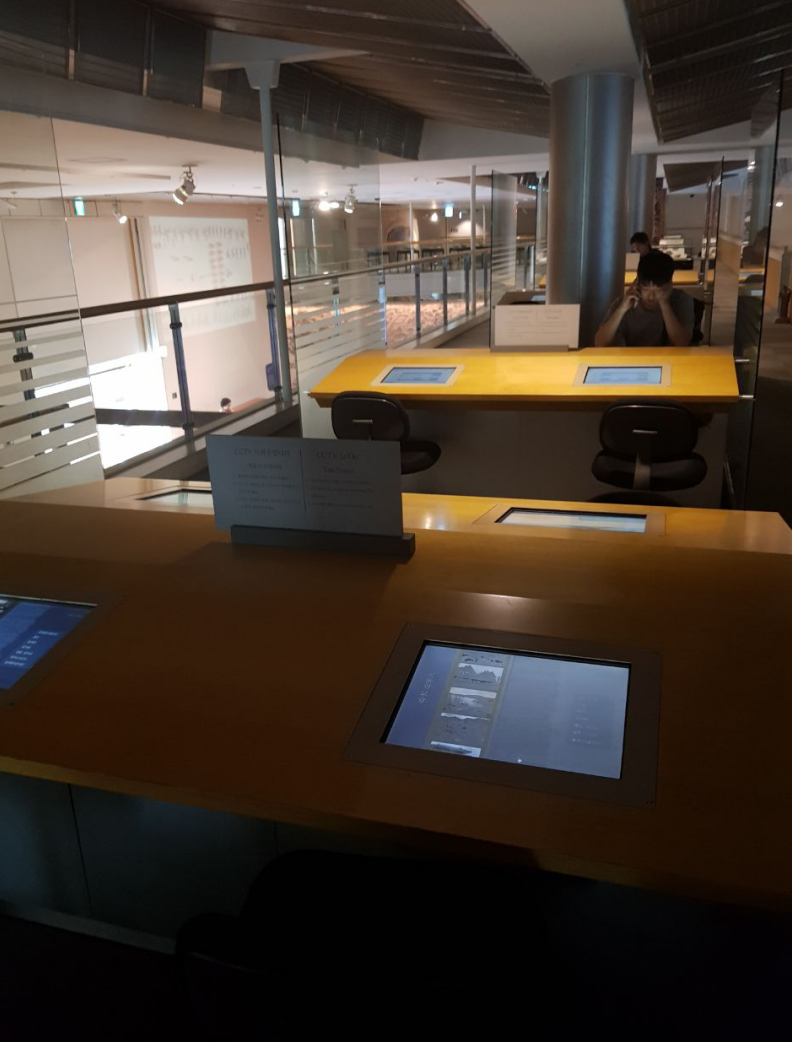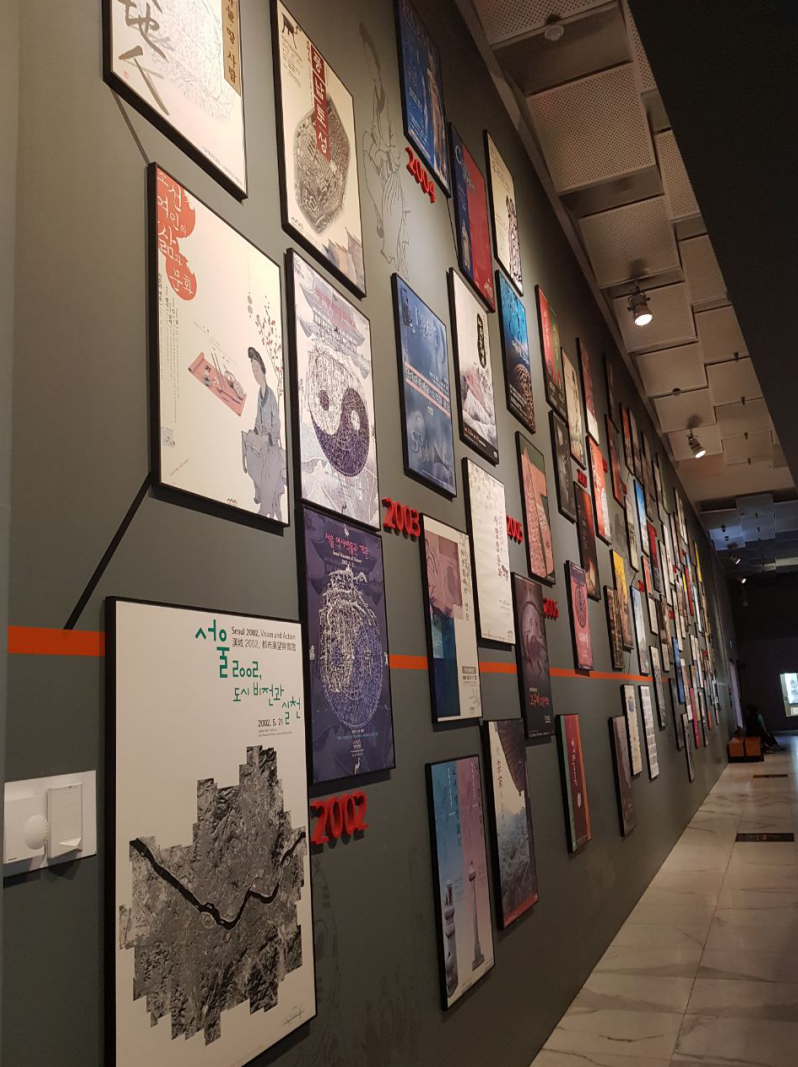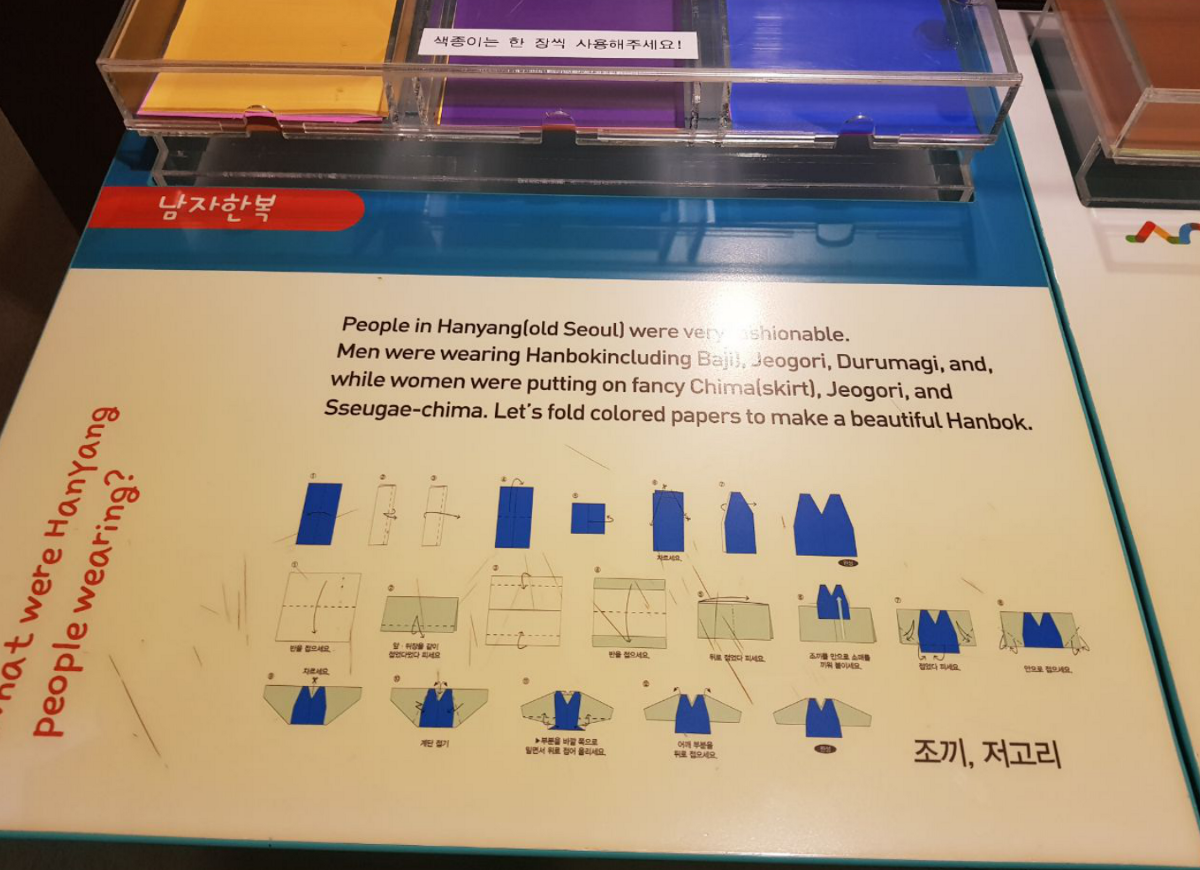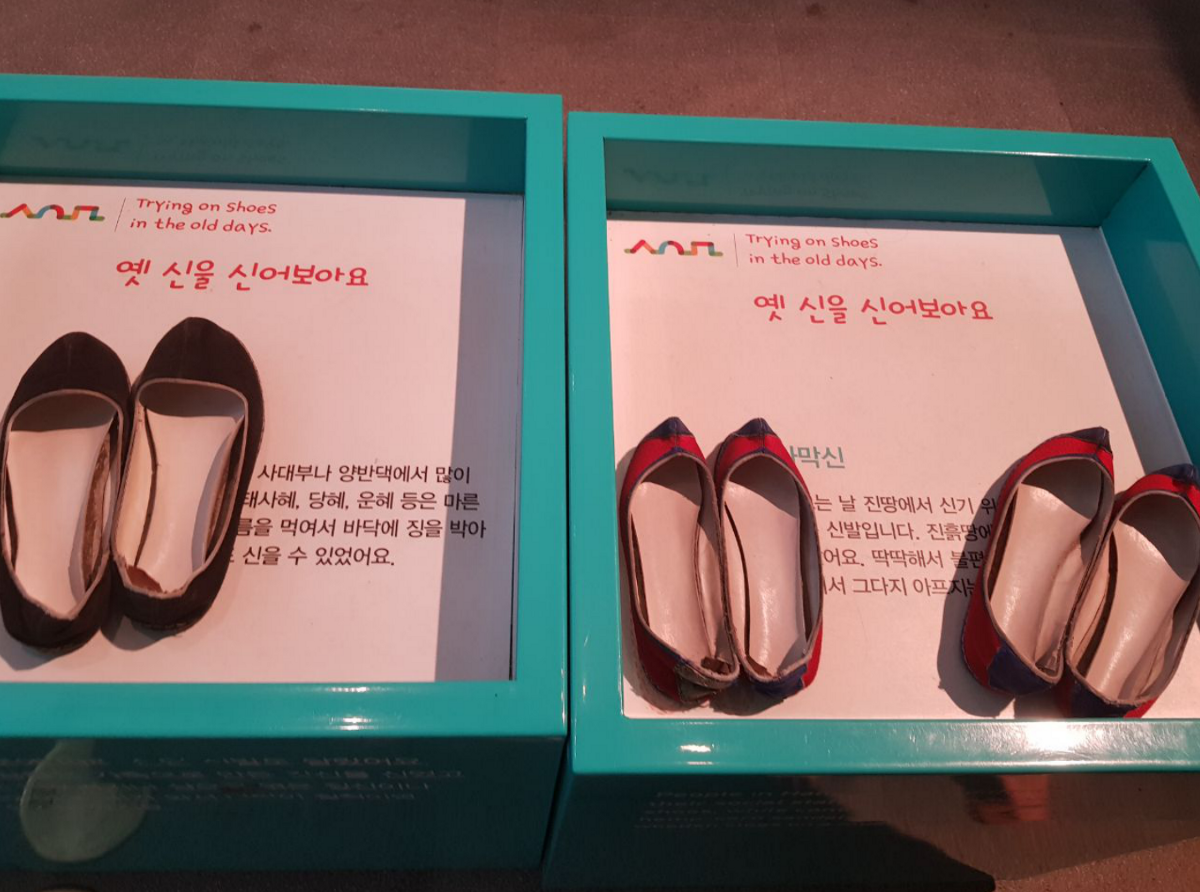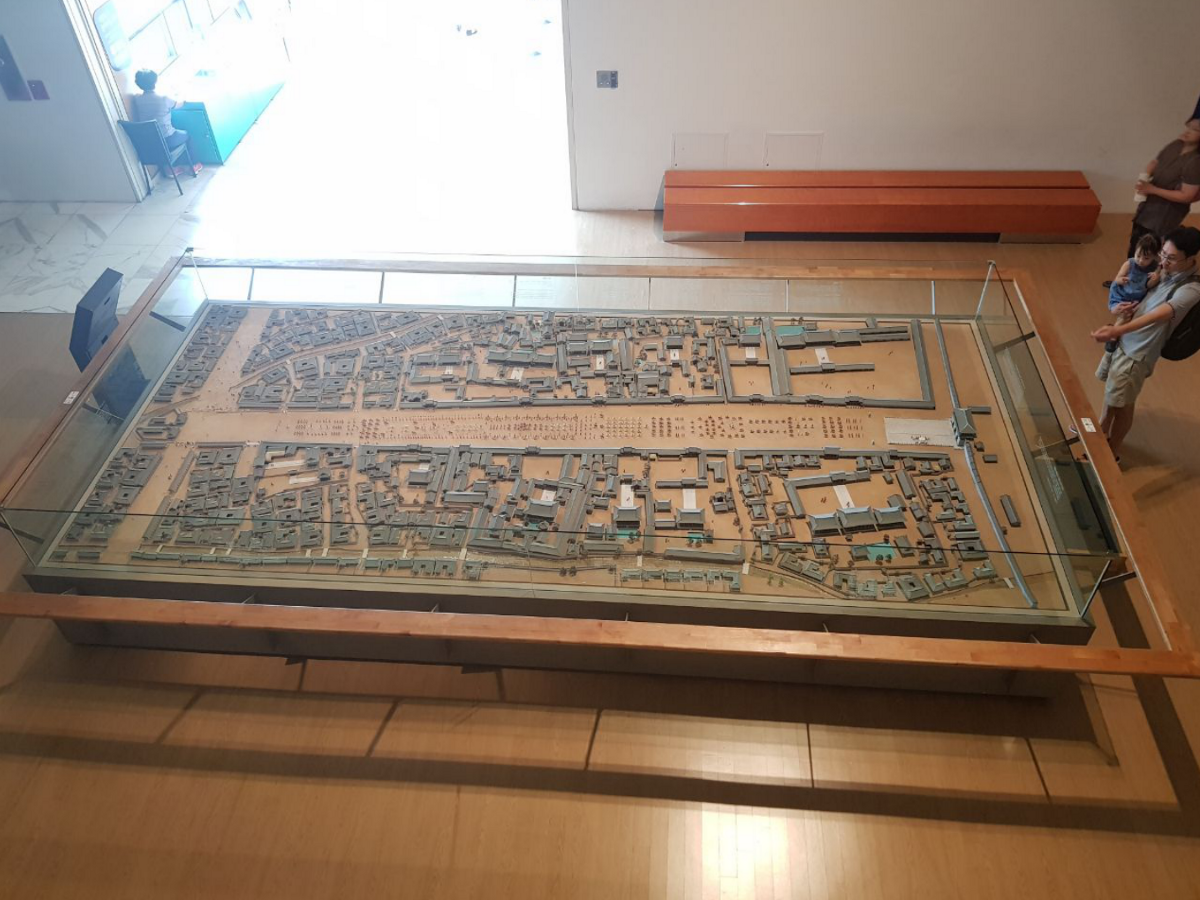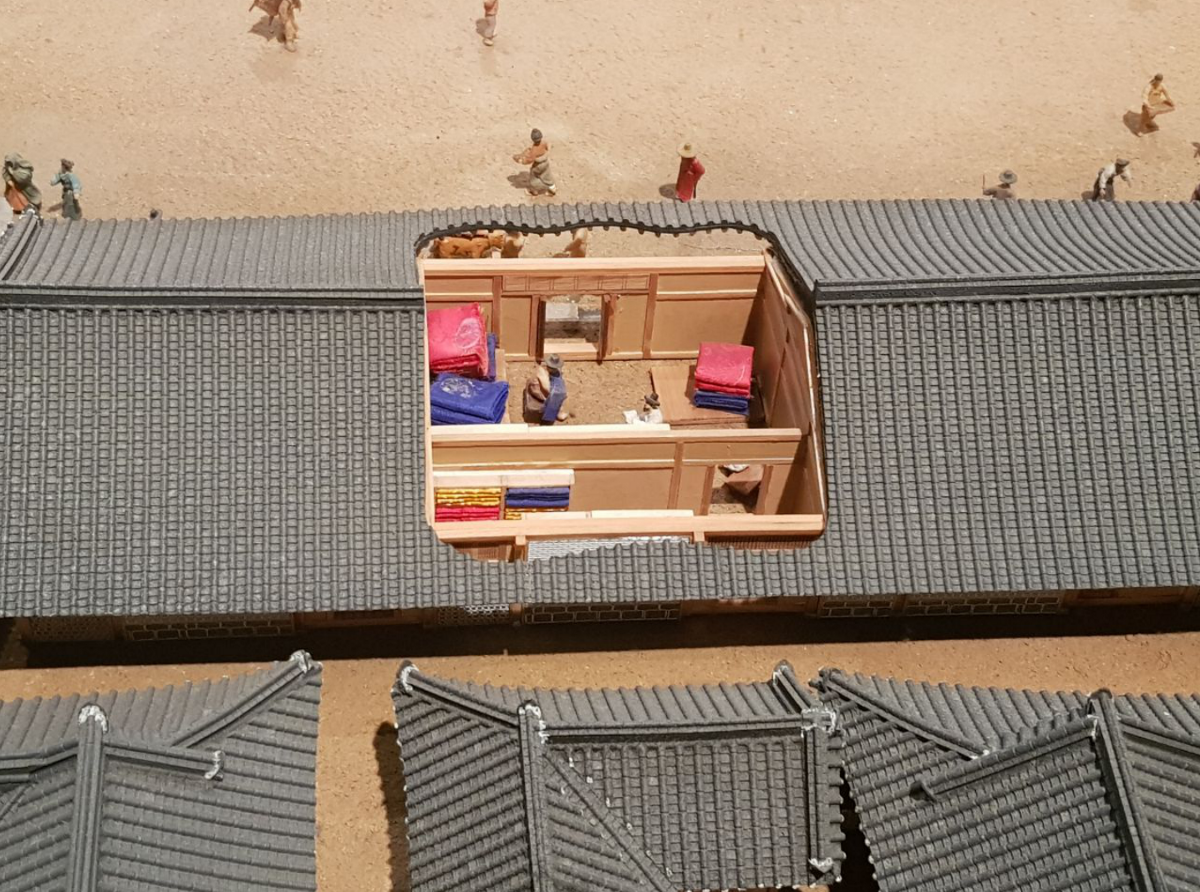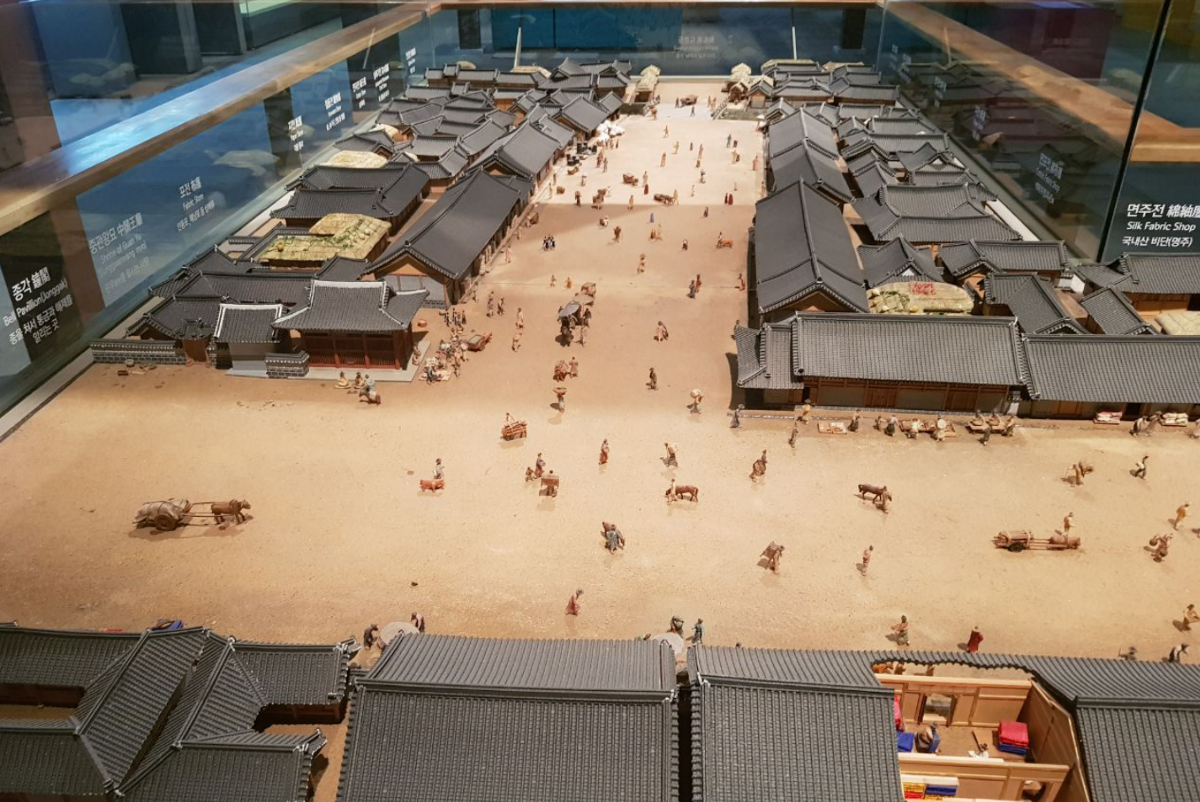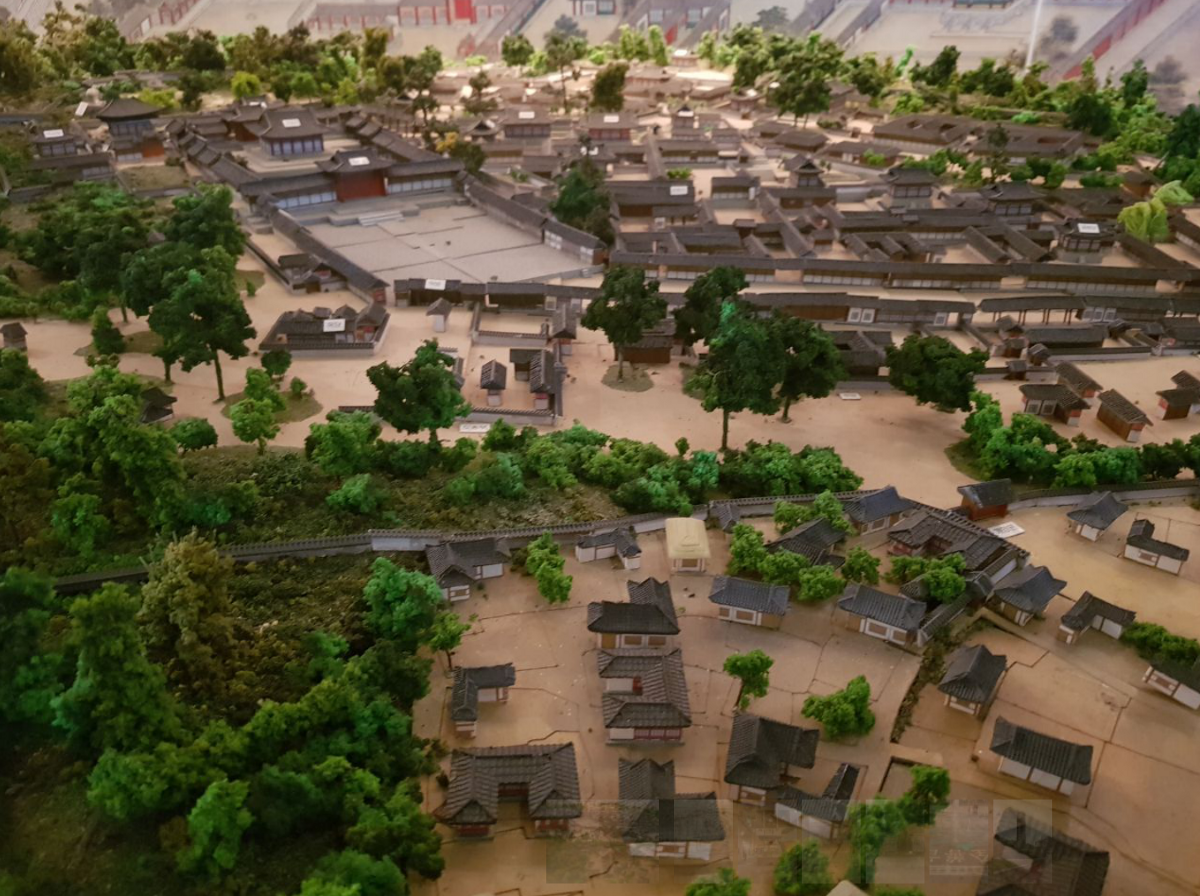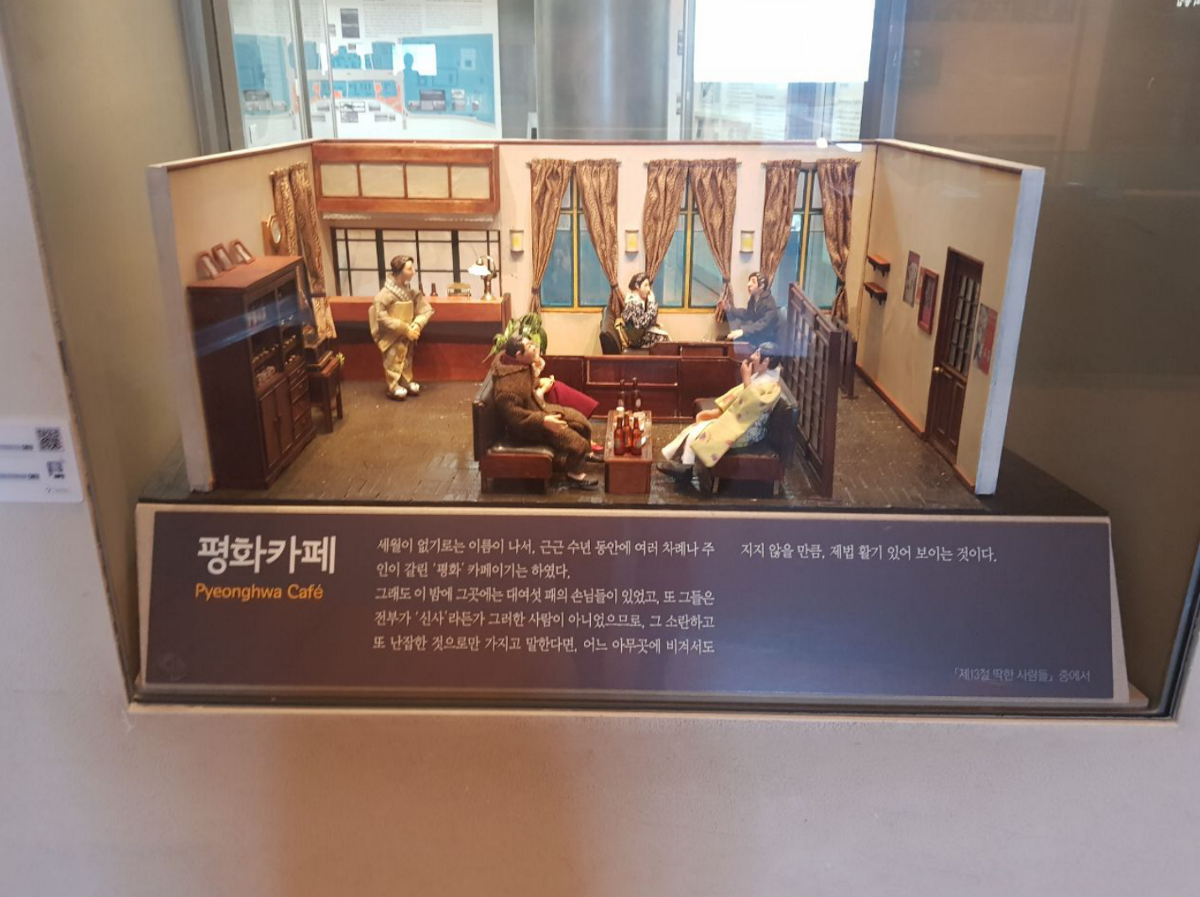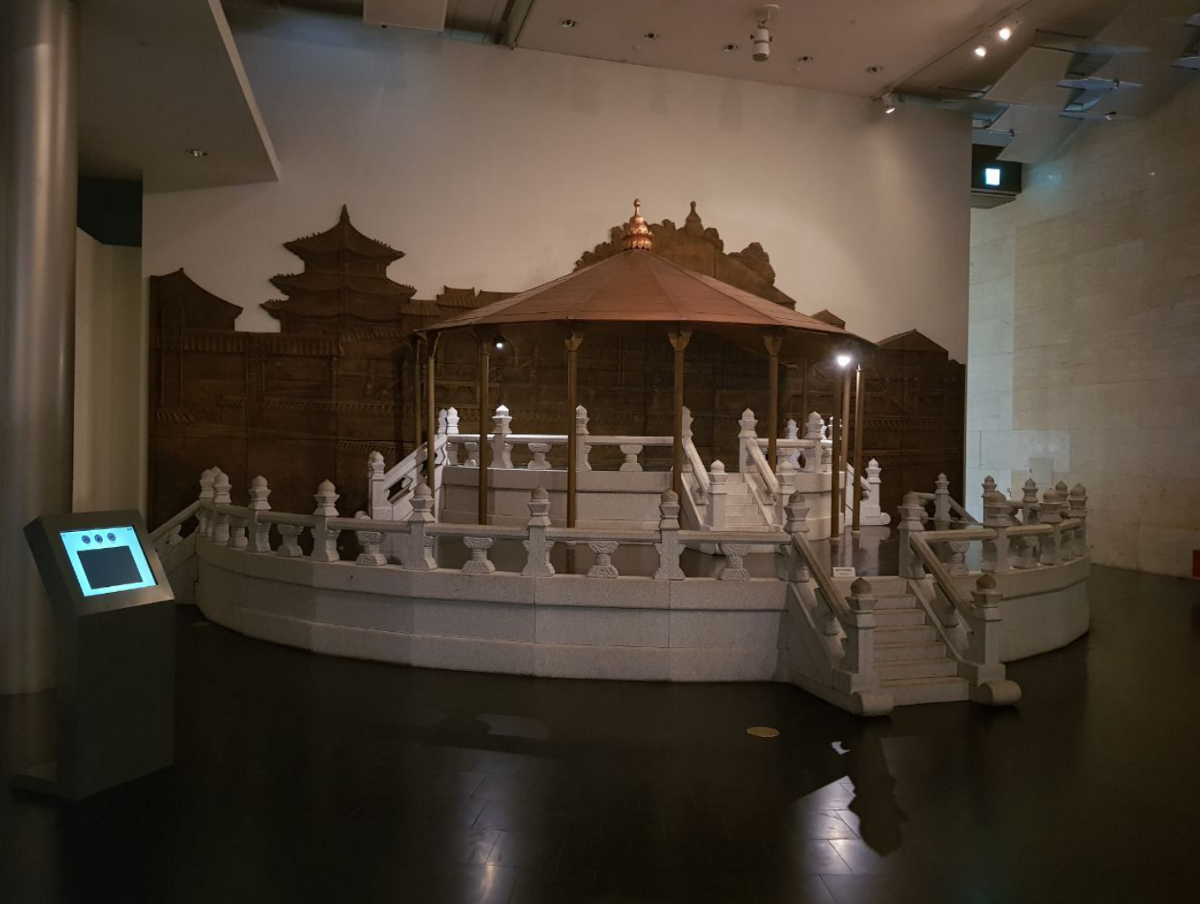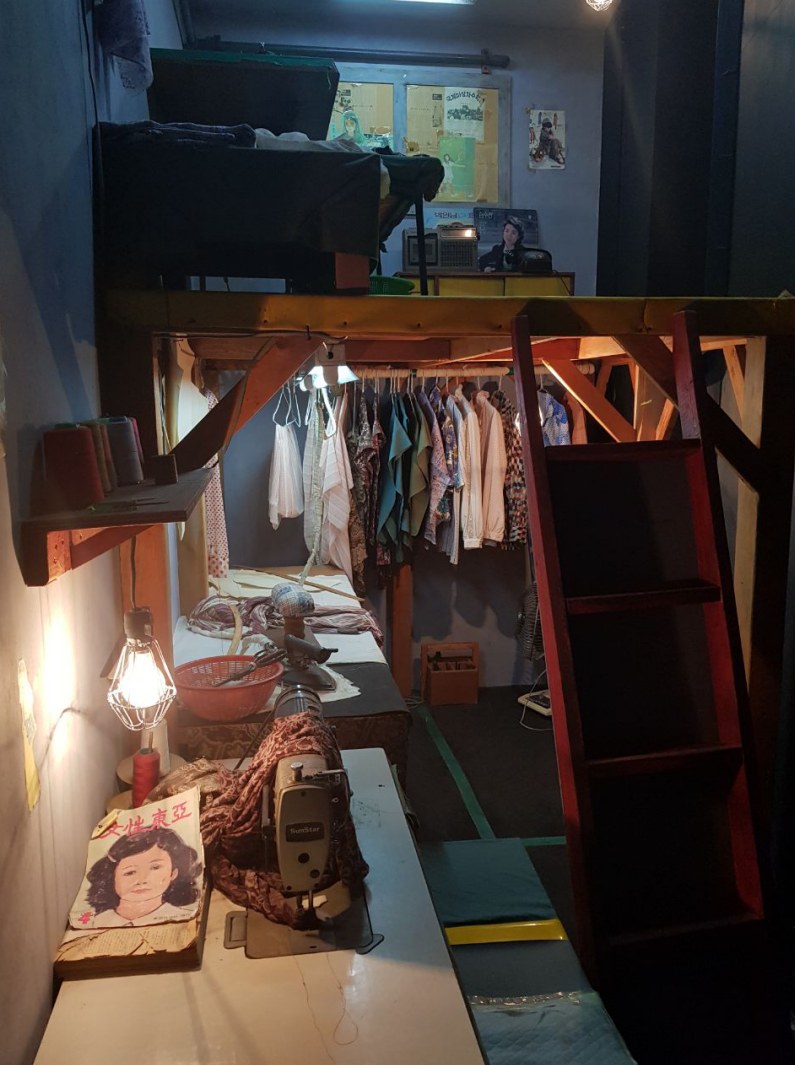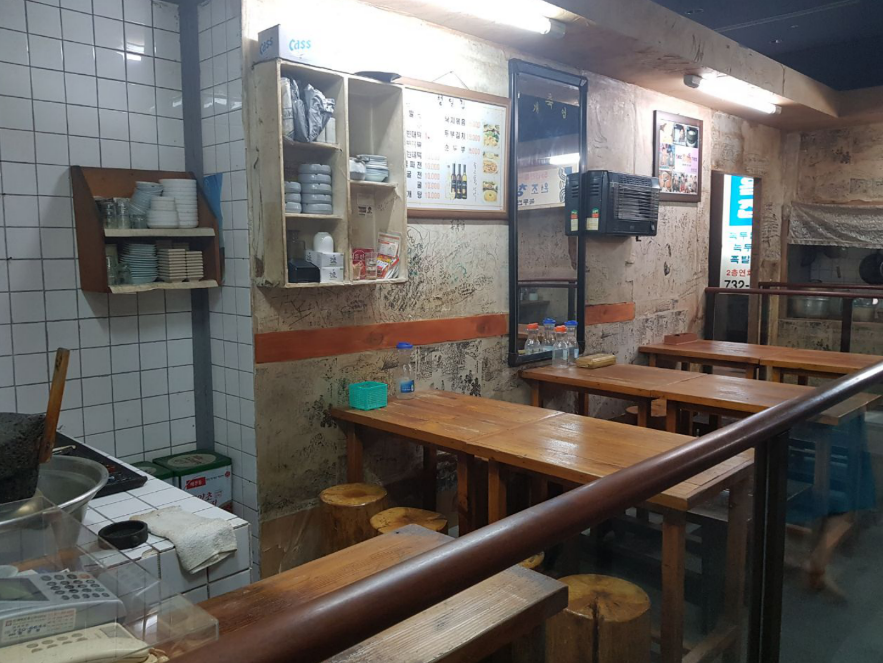From the next week, the Korean Government plans to open museums and schools. So, I decided to show you a museum of Korean History in Seoul. Get ready, the tour will be long, because the museum isn’t so huge as a National Museum of Korea but is full of interesting and interactive stuff.
As I said before, there are a lot of many different museums and galleries in South Korea. And new museums are opened every year.
When I visit any museum in Korea, I can’t stop wonder that among visitors there are always a lot of Koreans I have seen so many locals who are interested in museums just in a couple of countries. Not counting art galleries or museums. In such places, it is the residents of the city that are more common than tourists. But this, probably, depends more on everyone’s personal preferences than on their place of residence.
First of all, a few words about working hours…
The museum is located in Seoul and entrance is free. In addition to regular exhibition there are temporary special exhibitions, which are often held in the museum. On weekdays, the museum is opened from 9 am to 8 pm, and on weekends from 9 am to 7 pm. But keep in mind, that from November to February, working hours on weekends are less for one hour, and museum closes at 6 pm. Every Monday, the doors to the museum are closed.
Map of Hanyang City
History of the museum
The development of the museum project began in 1985, and only in 1993 its construction was completed. Initially, the museum was called the “Museum of the City of Seoul”, and in 2001, when Lee John Hwi was appointed director of the museum, the museum was given its modern name.
If you look at the emblem of the museum, it might seem that these are just some figures, such as a triangle, a circle and a square. But in fact, this seemingly simple emblem has a very deep meaning.
The figure in the shape of a triangle means the Korean letter ‘ㅅ’ or the English letter “S”, and is associated with the mountains that surround the city. The circle means 4 gates to the city (North, South, West and East). And the square is the Han River, which flows in the city. The lines connecting all these signs mean the history of the city.
In addition, all these signs resemble two words 서울 in Korean, i.e. Seoul, and museum in English. The red color expresses Seoul as an active cultural capital in which modern and traditional cultures are harmoniously combined.
There is a fountain in front of the museum with an old map of Seoul. And historical value and joy to the children in the hot summer.
There are 4 floors in the museum.
On the ground floor there is a large information center where you can get an audio guide and all the necessary information about the museum. There is also a lockers room, a classroom, where various lectures and seminars are often held. There is also a children’s study room where the smallest children in the form of a game get acquainted with the culture and history of their city.
In addition to this, there is also a historical archive, which contains various books, documents, manuscripts and everything that can tell about the city of Seoul. And that’s not all. On the same floor there is a hall with temporary exhibitions. Last year summer there was an exhibition of “Sweden” for children, so they didn’t let me in there. Reminding me of age again. Oh!
We went upstairs to the top floor, skipping the 2nd floor, since it is dedicated specifically to study. There is an auditorium and a special conference room in which films, reports and so on are shown.
Presentation of various events in the royal palace
The third floor of the museum is divided into 5 zones: Seoul during the reign of the Joseon Dynasty (XIV-XX centuries), the Korean Empire (XX century), Seoul during the Japanese occupation, Development of Seoul, and a theater, which I would call a hall in which the glass floor , and below it is a 1/1500 scale layout of the entire Seoul.
Below is an exhibition of Japanese occupation.
The development of Seoul since the mid-twentieth century
The fourth floor of the museum is the information bridge of the products of the city of Hanyang (as Seoul used to be called), which displays various elements of Korean culture. There are tables with built-in monitors, where you can read about Seoul. By the way, throughout the museum there are racks with monitors on which the history of Seoul is depicted in the form of comics.
Wall with posters of all temporary exhibitions and events that took place in the museum
What I like about Korean museums are the corners for children. Although it may not only be for children, because I often spend more time in these corners than in the whole museum. For example, here you can try to make the Korean national costume Hanbok out of paper yourself, or in the form of a game, to replenish your knowledge of history.
I also like how Koreans can interactively present their culture and history. I’m looking at this huge table on which the royal palace and the reception taking place in it fit.
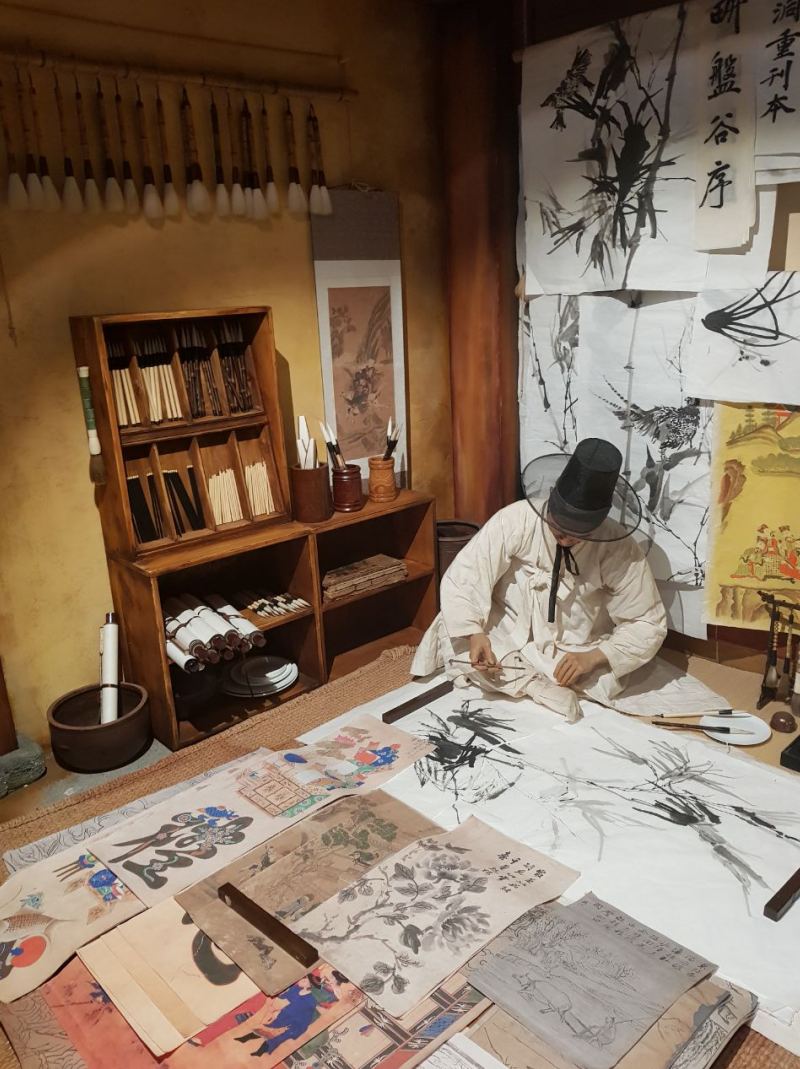
Ready to Blog & Earn?
With TravelFeed, easily start your own travel blog and earn as you go. It's the smart platform for travelers who want to profit from their passion. Create a free account
And this is how the sewing studio looked like before. Moreover, the sewing studio is two-story, if you notice. And this is 1: 1 size. Although, I would not be surprised if such small ateliers are still there.
And, the museum recreated Korean apartments of the twentieth century.
Don't Forget: Get Travel Health Insurance!
To make your trip a worry-free experience, TravelFeed recommends SafetyWing Nomad Insurance. It provides comprehensive health coverage while you travel, so you can focus on exploring, not the unexpected. Get a quote here
From the museum you can go to the smallest royal palace in Seoul — to Gyeonghuigung. But I will not bore you anymore today, I will leave a short walk to that palace for the next time.
Your @irisworld
If you have any questions about Korea don't hesitate to contact me here or via instagram
More articles about my travel adventures you can find here
Travel Resources for your trip to South Korea
Recommended by TravelFeed
Flights: We recommend checking Kiwi.com to find the best and cheapest flights to South Korea.
Accomodation: Explore the best places to stay in South Korea on Booking.com, Agoda and Hostelworld.
Travel Insurance: Medical emergencies abroad can be pricey, but travel health insurance is not. We always use SafetyWing for affordable and reliable coverage.
Car Rental: For hassle-free car hiring, DiscoverCars is our trusted choice with a wide selection of vehicles.
Internet: Got an eSIM compatible phone? Airalo is perfect for reliable internet access during your trip. Just install it before you go, and you're set!
Day Trips & Tours: We recommend GetYourGuide for a variety of well-organized and enjoyable activities.
Travel Planner: Need a hand planning? Our free travel planner chatbot is your personal guide to South Korea. Chat now.
Disclosure: Posts on TravelFeed may contain affiliate links. See affiliate disclosure.

